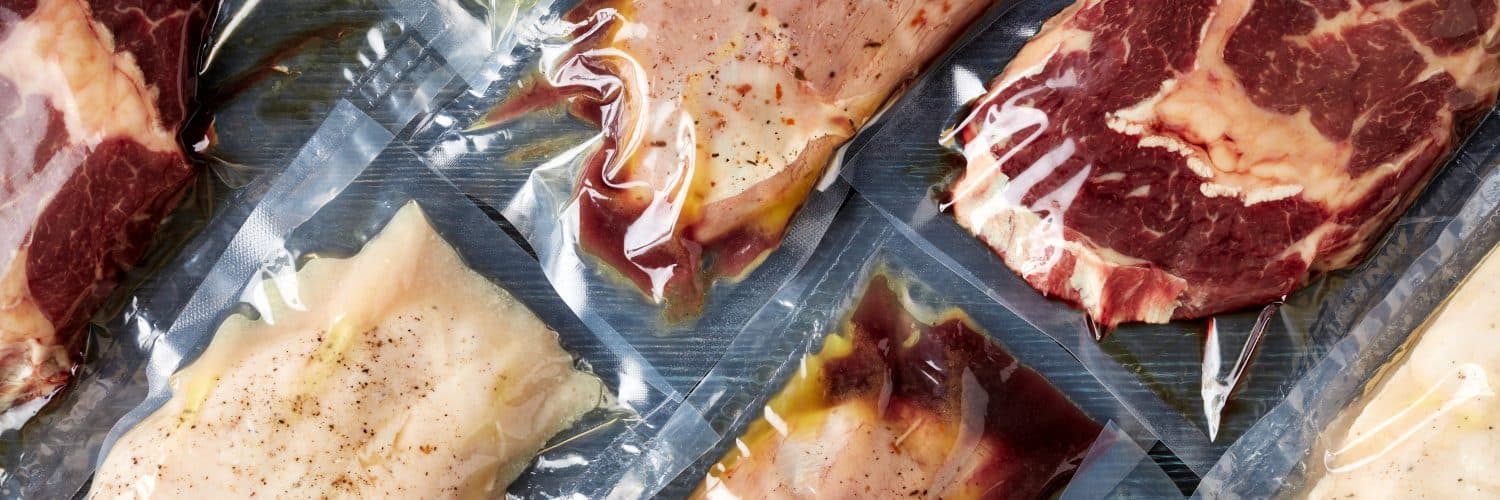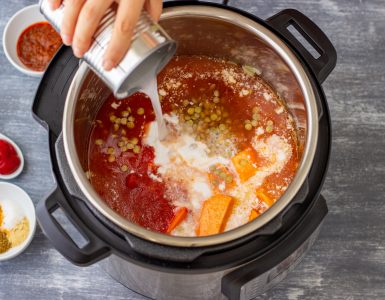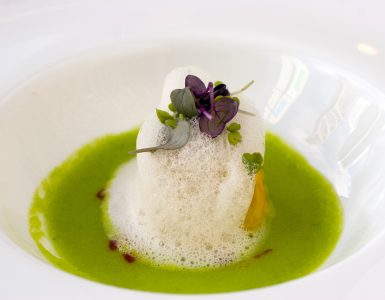This page may contain affiliate links. If you make a purchase through one of these links, we may earn a commission at no extra cost to you.
If you’ve ever caught yourself mispronouncing “hors d’oeuvres,” “maître d’,” or “prix fixe,” you know the challenge of French culinary pronunciation! Don’t make the same mistake with “sous vide.” Read our complete guide to sous vide pronunciation to learn exactly how to pronounce this term, why it’s pronounced this way, and even the literal translation and how it applies to sous vide cooking.
What Is the Correct Sous Vide Pronunciation?
The simple answer: SOO-VEED (there’s equal emphasis on both syllables)
The explanation is fairly straightforward once you know some of the basic rules of French pronunciation.
In French, many consonants are silent when they come at the end of a word. This includes the S in “sous,” and is also the reason that “prix” in “prix fixe” is pronounced PREE. So you don’t pronounce that final S. This leaves you with “sou,” which is pronounced SOO.
D is also usually silent in French when it comes at the end of a word. But notice that there’s an E after it in “vide,” which means you pronounce it. This is why the proper pronunciation of sous vide is SOO-VEED instead of just SOO-VEE.
What Is the Literal Translation of Sous Vide?
Now that you know how to say it, do you know what it means? You’re probably familiar with the cooking method, which involves heating food inside a sealed container in a water bath at a precise temperature. But, maybe surprisingly, the literal translation of “sous vide” doesn’t mention water or temperature.
The French word “sous” means “under.” Fun fact: if you know the term sous chef, you’re already familiar with the first word of sous vide! A “sous chef” is literally an under-chef, meaning the sous chef is lower in the pecking order than an executive chef or chef de cuisine.
The word “vide” most commonly means “empty” in French, but in this term, it translates as “vacuum” instead.
So the literal translation of “sous vide” is “under vacuum.” This is because this method is traditionally performed with vacuum-sealed bags. However, despite the name, you don’t actually need to vacuum-seal your bags for many sous vide recipes! As long as your bag is watertight and made from a safe type of plastic, you’re good to go. And if you’re not sure on how to properly seal your bags without a vacuum, check out our detailed guide to the water displacement method for sous vide.










